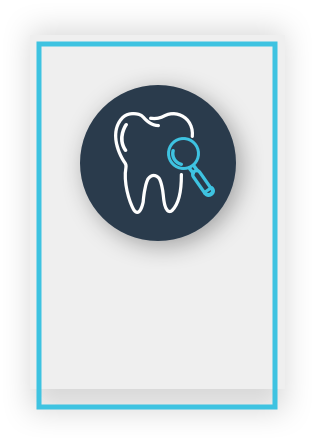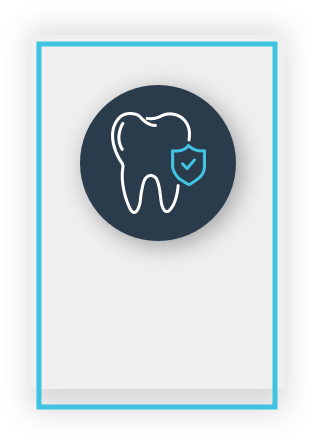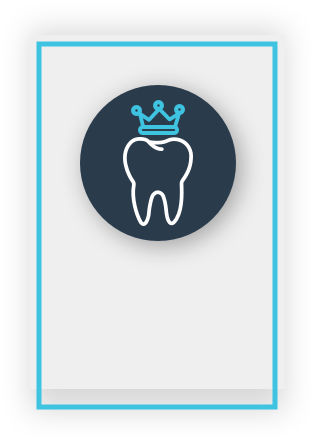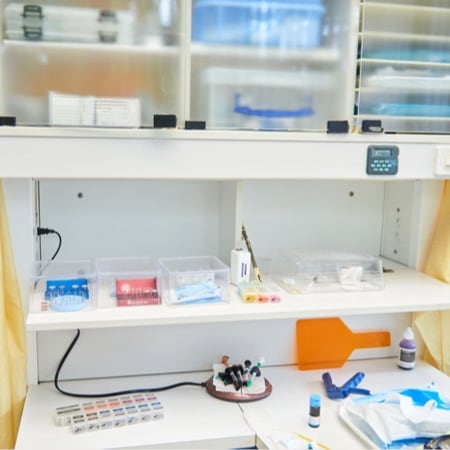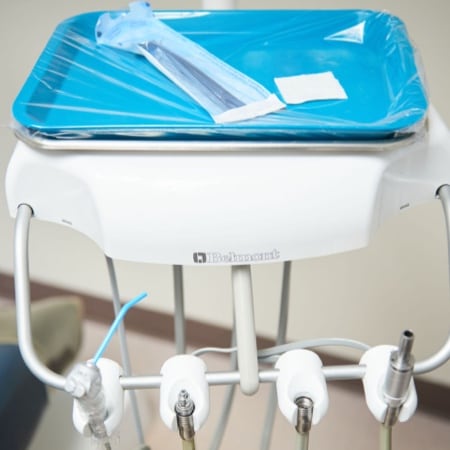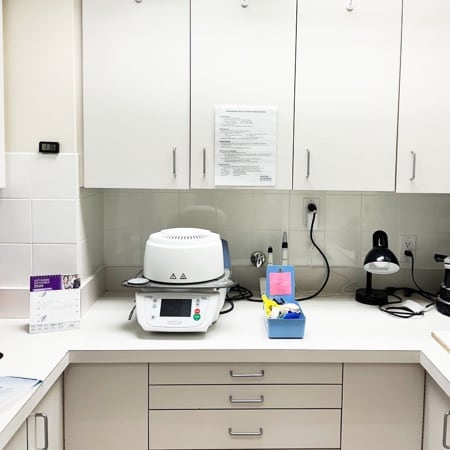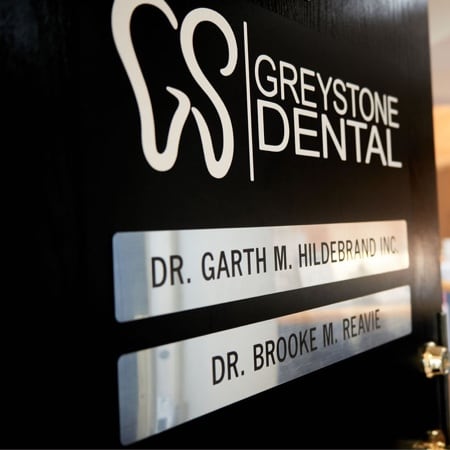You’re standing in front of the mirror after flossing, and there it is—that alarming sight of blood at your gumline. Should you be concerned? Bleeding gums during flossing can be an unsettling experience, leaving many to wonder if they’re doing something wrong.
If you’re just starting to make flossing a habit, bleeding gums can be normal due to plaque buildup, which irritates and inflames them. This inflammation makes them more sensitive and prone to bleeding when disturbed.
A little bit of bleeding while flossing may simply be something that keeping up with the habit resolves, but it could also be a sign that your gums need extra care.
Is Bleeding While Flossing Bad?
If you’ve just started flossing regularly, mild bleeding may be normal. Often, this is your gums’ way of responding to plaque and bacteria near the gumline that have been left undisturbed for too long. This irritation and inflammation (known as gingival inflammation) lead to sensitivity, which can be exacerbated by flossing. But don’t worry—with consistent oral care, the bleeding should subside within a week or two as your gum health improves.
However, persistent bleeding could indicate underlying oral health issues. Gingivitis, an early stage of gum disease triggered by plaque buildup, is a common culprit. Left untreated, it can progress to periodontitis, a more severe condition that leads to tooth and bone loss.
If bleeding gums persist despite regular flossing, it’s essential to address the issue promptly by talking to your dentist.
How Flossing Impacts Oral Health
Brushing your teeth is crucial, but it doesn’t clean those tight spaces where plaque and food particles accumulate. This is where flossing becomes indispensable—not just as an oral hygiene “extra,” but as a core part of maintaining healthy teeth and gums.
Here’s why flossing matters for your health:
- Removes plaque & food debris: Flossing eliminates dental plaque and leftover particles trapped between teeth, reducing the risk of cavities and bad breath.
- Prevents gum disease: By targeting the spaces brushing misses, flossing lowers your chances of developing gingivitis or periodontitis.
- Supports overall health: Research suggests a connection between gum disease and systemic conditions, such as heart disease and diabetes. Regular flossing helps maintain your oral health, which positively impacts your overall well-being.
By pairing brushing and flossing, you’re giving your oral health the attention it deserves and protecting your smile for the long term.
How to Floss Like a Pro
Flossing isn’t just about running a piece of string between your teeth. Proper technique makes all the difference for your comfort and effectiveness. Here’s your step-by-step guide to making the most of your flossing routine:
- Get the right length: Cut about 18 inches of floss and wind most of it around your middle fingers, leaving a short segment to work with.
- Hold & guide: Pinch the floss between your thumbs and index fingers, keeping it taut. Gently guide it back and forth between your teeth.
- Use a C-shape motion: Once at the gumline, curve the floss around one tooth and gently slide it into the space between your tooth and gum, moving it up and down. Repeat this motion for each tooth, making sure to clean both sides.
- Regularly change your floss: Use a fresh section of floss for each tooth so you don’t spread debris or bacteria as you clean.
- Be gentle: Avoid snapping or forcing the floss, which can irritate or damage your gums.
- Don’t forget the back teeth: Remember to also floss the back of your last molars — these often-neglected areas are prone to plaque buildup.

Why Are My Gums Still Bleeding?
If you’ve been flossing consistently for weeks and still notice bleeding gums, it could indicate a deeper problem. Here are some potential causes to consider and discuss with your dentist:
- Gingivitis: This common and reversible form of gum disease occurs due to plaque buildup that irritates and inflames the gums. Without treatment, gingivitis can progress to more severe periodontitis, which can lead to tooth loss. Fortunately, it is reversible in the early stages.
- Hormonal Changes: Fluctuating hormones during pregnancy, menopause, or your menstrual cycle can make your gums more sensitive and prone to bleeding. Pregnancy gingivitis, for example, is common and often resolves after childbirth.
- Nutritional Deficiencies: Lacking key nutrients, such as vitamin C, can weaken gum tissue and lead to bleeding. Adding vitamin-rich foods or supplements to your diet can help strengthen your gums.
Bleeding gums that persist despite good oral hygiene should always be checked by your dentist for a proper diagnosis and treatment plan.
What Are the Alternatives to Flossing?
Traditional floss isn’t the only way to keep your gums and teeth healthy. If flossing feels awkward, some alternatives might be more effective or comfortable for you:
- Floss picks: Convenient and easy to use, these tools feature floss with a built-in handle, making it simple to clean between teeth without juggling a long string.
- Water flossers: Devices like water flossers use a pressurized stream of water to clean between teeth and remove debris. These can be helpful for people with braces or sensitive gums.
- Interdental brushes: Perfect for those with larger gaps or braces, these small brushes fit between teeth to remove plaque and massage the gums.
Each of these options can be just as effective as traditional flossing when used correctly.
Your Gum Health Is in Good Hands
Seeing a little blood when flossing might feel alarming, but it’s often just your gums adjusting to better care. With patience and the right technique, you’ll likely see improvements in a short time.
However, your oral health deserves more than guesswork. If bleeding gums persist or cause you concern, it’s important to reach out for professional advice. A dental checkup can help keep everything on track and address any underlying issues you might not notice on your own. At Greystone Dental, we’re here to support your family’s dental health with personalized care and dedicated service. Book your appointment with us today and experience the difference a healthy smile can make.



